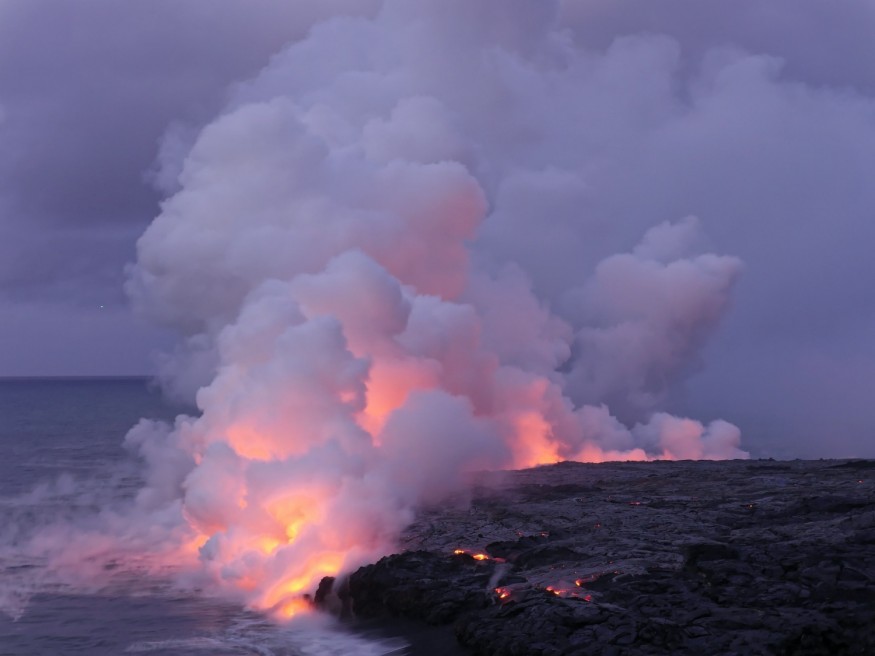Hawaii's Kilauea volcano has shown signs of increased volcanic activity, incurring 320 volcanic earthquakes over the past 24 hours as of Saturday, October 7, according to the United States Geological Survey (USGS).
While a potential eruption is possible sooner or later following Kilauea's last eruption on September 10 last month. Still, volcanologists and seismic authorities in the US are continuing to monitor the volcanic unrest.
Kilauea Volcano Activity

In a press release, the USGS at 8:58 a.m. HST (local time) on Saturday issued an increased volcanic activity alert under its 'Hawaiian Volcano Observatory Daily Update' webpage, highlighting that while the Kilauea volcano is not erupting, its southern part is showing signs of unrest. Observations on the shield volcano suggests that ground deformation has been recorded in the area, specifically south of the summit caldera.
Seismic activity under the Kilauea summit region, which started on Wednesday, October 4, eventually decreased in the early morning of Saturday, recording 320 volcanic earthquakes in the previous day. Meanwhile, it was followed by another 170 earthquakes within the radius of the volcano, according to the US seismic monitoring government agency.
Furthermore, the agency's Hawaiian Volcano Observatory explains the earthquakes were recorded at the highest point of Kilauea, which was not erupting as of Friday, October 6. However, local officials issued warnings for "significant hazards" around Kilauea's crater wall, where ground cracks and rockfalls may be triggered by earthquakes, as cited by AccuWeather.
Volcanic Hazards
During a volcanic eruption, toxic substances coming from ash plumes and molten lava pose a great risk to health for people and animals living within the nearby proximity of the volcano. While the Kilauea volcano is not erupting now, officials are still on high alert for the potential danger posed by one of Hawaii's most active volcanoes.
According to the USGS' hazard analysis on Saturday, volcanic gases like carbon dioxide and sulfur dioxide can remain hazardous in its surrounding environment even if Kilauea volcano is not erupting. It warned that residents in the area may occasionally experience odors of the mentioned gases.
Kilauea Volcano Eruption
As mentioned earlier, the Hawaii volcano erupted in early September, after becoming quiet for almost three months this year. While the Kilauea volcano's eruption was not explosive, it has a track record of causing widespread damage in the past. In 2018, more than 700 homes were destroyed after Kilauea erupted.
Hawaii's active shield volcano is in the southeastern coast of the island state. According to scientists, the first documented eruption of Kilauea dates back in 1823, since recordings in modern history started in 1778.
Experts believe that Kilauea was once an underwater volcano, but emerged from the sea approximately 100,000 years ago and has been active ever since. Prior to its emergence, the Kilauea volcano remained on the ocean floor around 210,000 to 280,000 years ago.
© 2025 NatureWorldNews.com All rights reserved. Do not reproduce without permission.





